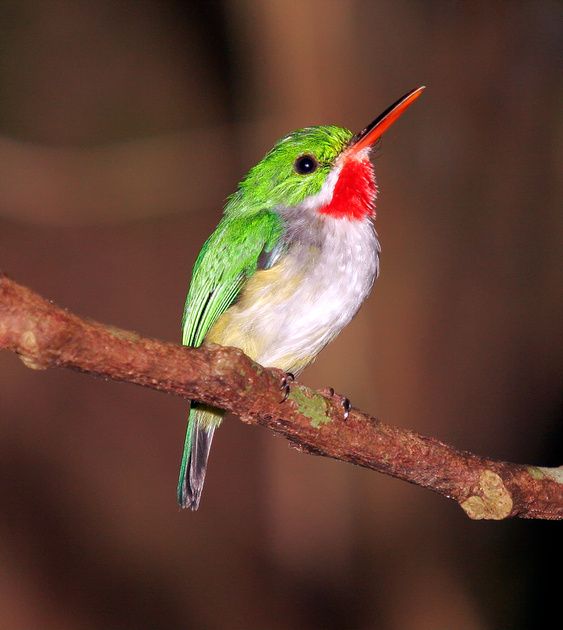- cross-posted to:
- earth@hexbear.net
- cross-posted to:
- earth@hexbear.net
The yellowhammer (Emberiza citrinella) is a passerine bird in the bunting family that is native to Eurasia and has been introduced to New Zealand and Australia. Most European birds remain in the breeding range year-round, but the eastern subspecies is partially migratory, with much of the population wintering further south. The male yellowhammer has a bright yellow head, streaked brown back, chestnut rump, and yellow under parts. Other plumages are duller versions of the same pattern. The yellowhammer is common in open areas with some shrubs or trees, and forms small flocks in winter. The yellowhammer breeds across the Palearctic between the 16–20 °C (61–68 °F) July isotherms. It is the commonest and most widespread European bunting, although it is absent from high mountains, Arctic regions, the western Netherlands, most of Iberia and Greece, and low-lying regions of other countries adjoining the Mediterranean Sea. It breeds in Russia east to Irkutsk, and in most of Ukraine. The Asian range extends into northwest Turkey, the Caucasus, and northern Kazakhstan. Most European yellowhammers winter within their breeding range, only the far north being vacated, although some birds move south of their breeding range in Spain, Italy, and other Mediterranean countries. Distances travelled can be up to 500 km (310 mi) for northern birds. Asian birds are more strongly migratory, deserting much of the north to winter in Iraq, Iran, and southern Central Asia. The yellowhammer has occurred as a vagrant in the United Arab Emirates, Egypt, Kuwait, Morocco, Malta, the Himalayas (winter vagrant from northern Afghanistan to central Nepal, the Balearic Islands, Iceland, and the Faroes. The diet of the Yellowhammer is rather varied, and consists of seeds, grain, some small fruits such as blackberries, insects and spiders. In the garden, Yellowhammers will feed on the ground or a ground table. Predators of the yellowhammer include the sparrowhawk, northern goshawk, lesser spotted eagle, and hobby. It is not a significant host of the common cuckoo, a brood parasite, although as a ground-nesting bird, its eggs and chicks are vulnerable to predation from small mammals such as mice and other rodents. Probably the most notable behavior of the Yellowhammer is its habit of perching on an exposed branch on a bush or in a hedgerow, and repeating its distinctive short song. The males adorn the tops of hedgerows throughout the country, singing a famous ditty that is usually rendered “a little bit of bread and no cheeeese.” The “cheese” section, which is sometimes missed out, sounds rather like the bird is breathing out heavily. Here is a link so you can listen to this bird too.

